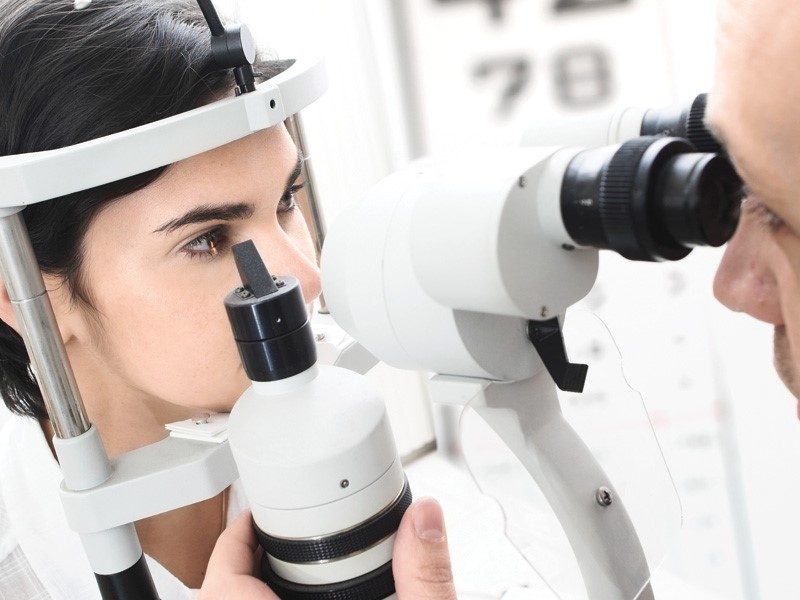Farsightedness
What is it?
An eye that is able to correctly focus images on the retina is called emmetropic eye. If the optics of the eye differs from the emmetropic eye, we talk about defects or errors of refraction.
In hyperopia, the eye is smaller than the emmetropic eye length, and therefore the images of distant objects are focused behind the retina. This causes blurring, the greater the closer the object.
Symptoms
People suffering from hyperopia close se worse from near that far. It is the opposite of myopia default. The more diopters of refractive error in a hyperopic eye, the more blurry the seen images will appear when not wearing glasses.
Treatment
Farsightedness traditionally has been corrected with glasses and contact lenses. For years, another treatment option is laser refractive surgery. The most widely used because of its proven safety and efficacy is the technique known as LASIK. It consists in modifying the shape of the cornea to change the eye’s the eye’s refraction, or overall graduation. The epithelium (thin surface layer) of the cornea is carefully separated with an extremely precise femtosecond laser and then applying the excimer laser, modeling the cornea to correct the desired diopter. Finally, the treated area is covered with epithelium, previously separated, without stitches, to restore the normal ocular surface. Within few hours the results are obvious, which definitely improves the following day. Vision stability is generally regained within the first few weeks.
Implantation of phakic intraocular lenses (without removing the lens) could be assessed, in selected cases. This innovative outpatient surgery is very safe and is performed under local anesthesia.
Prevention
Farsightedness is a refractive situation that cannot be prevented, although treatment is effective. It is crucial to have an annual check for farsighted patients and people older than 50 years, due to normal physiological changes that occur in eyes with age.

